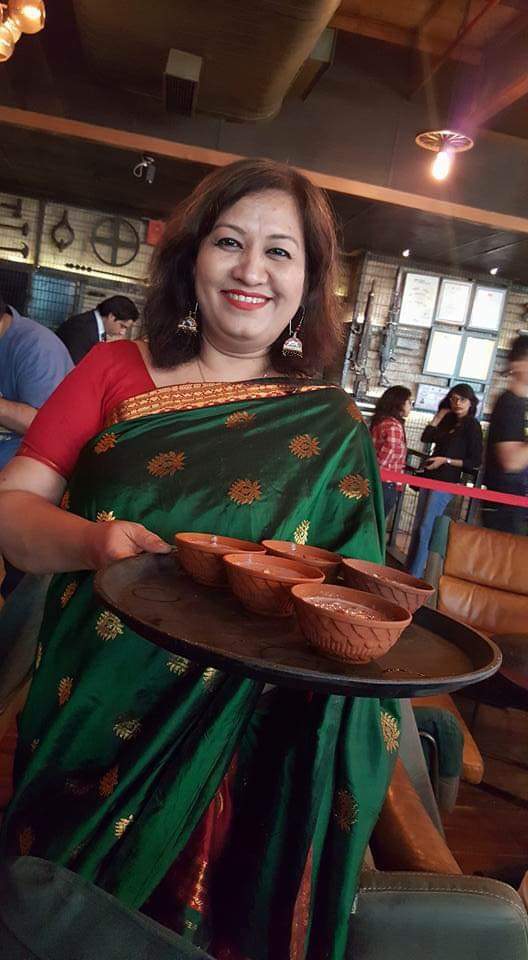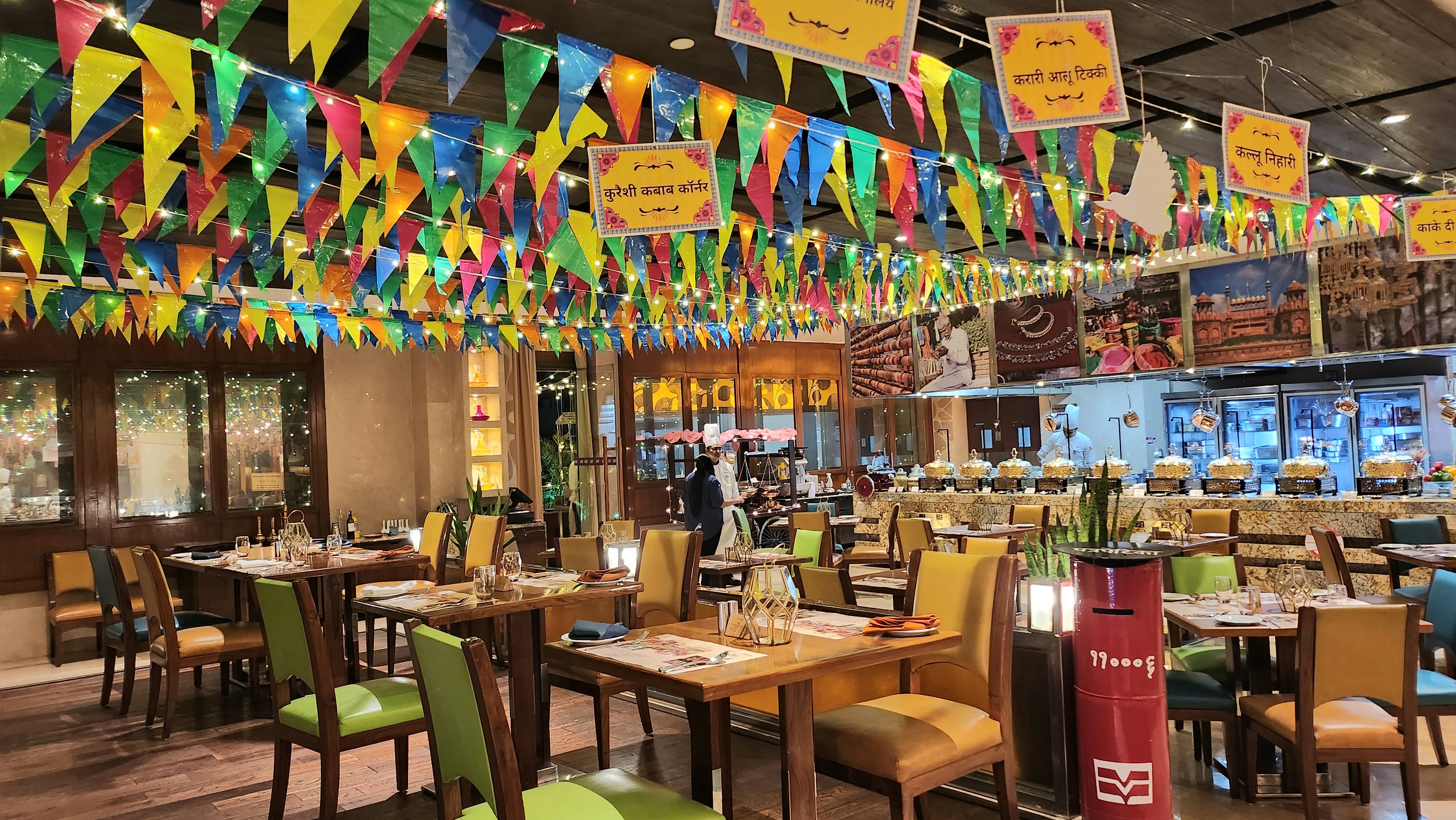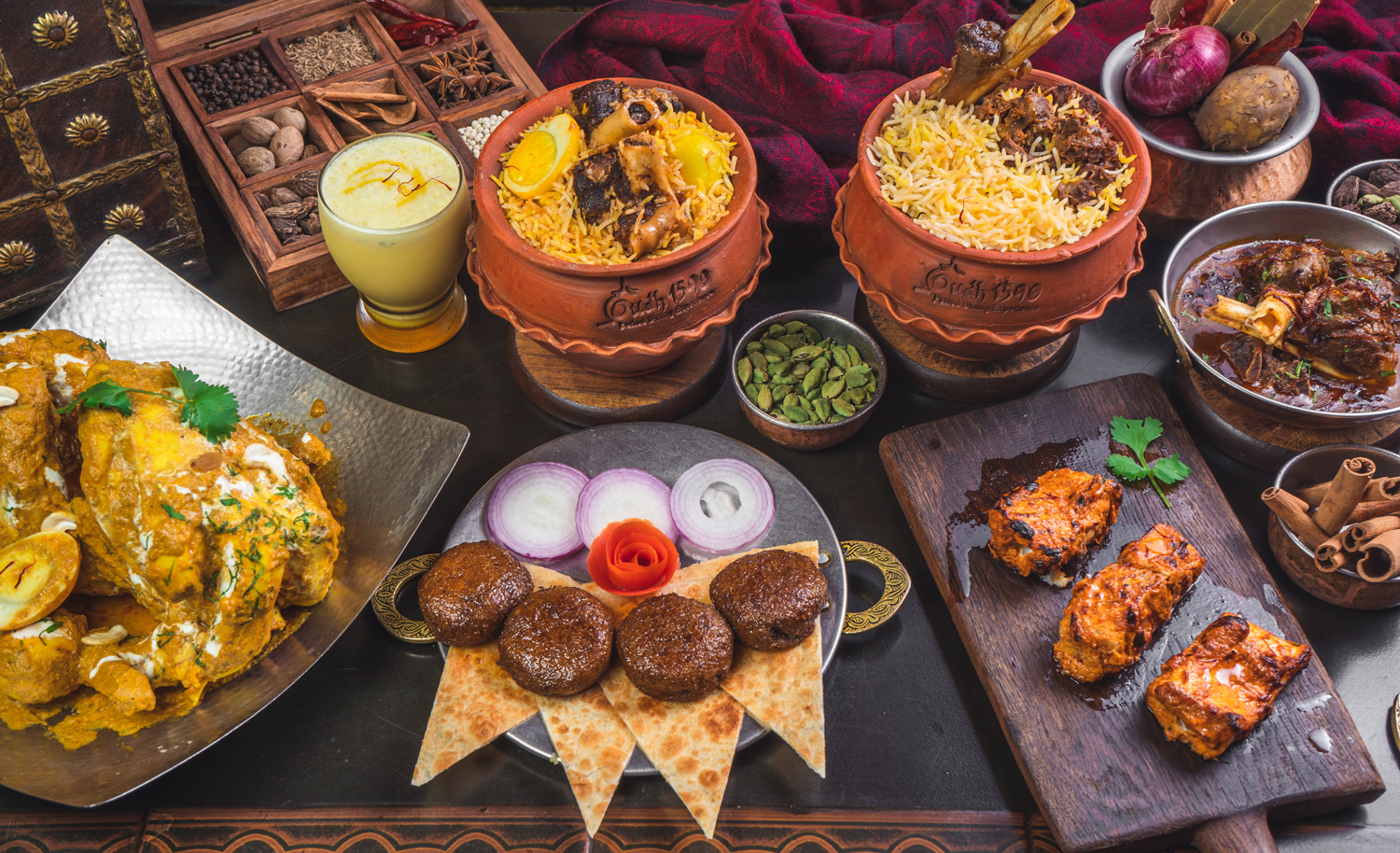There is something mystical about the North-east that drew us back this week to discover some more unknown charms of this cuisine. Was it the taste and legend of bhut jolokia or the simple ways of using organic ingredients to produce distinctive flavours. Our search took us to Sneha Saikia, our Home Culinaire for this week.
She is affectionate, warm and loving (true to her name). Even though her full time job as an accessory designer takes up most of her time, she is an Assamese food evangelist at heart and never misses a chance of sharing her knowledge about the cuisine from her home state, Assam.
Sneha was born and bought up in Delhi. With her distinctly beautiful features, she was often singled out by her classmates and in a oft held stereotype believed to consume snakes and other reptiles as part of her food habits. Unlike most of us who would run back home and cry into their pillow, she decided to enhance her knowledge about her native cuisine. This is when the inquisitiveness began and she started to potter around the kitchen. Sneha tell us “There is a misconception that North Eastern cuisine is all about eating snakes and insects. Actually it is a very healthy way of cooking, which is primarily herbaceous and not spice based, unlike north India. Organic stuff like Bamboo shoots, soybeans, rice etc are some of the key elements used.
For Sneha, her taste buds became her teacher. She could guess the preparation and ingredients by just tasting the food and would never fail to replicate the food she ate. She challenged herself at her own 17th birthday, prepared her first meal for a 33 people in one go.
Not being influenced by any of the star chefs, she finds inspiration in the cooking of old ladies from different villages she has traversed across. She can skip a meal at a restaurant but cannot resist tribal style food preparation. She has always been expanding her palate and while travelling to Kohima she has been to 2-3 villages where she tried all the crazy things, wasp, woodworms and frog legs.
The beautiful, rugged and mysterious land of Northeast India is one of the most treasured and enchanting one with bubbling natural resources. It is undoubtedly an exciting place, with a melange of various tribes and cultures. Their flavours and dishes are as unique as their colourful way of life. Most of their dishes use simple and flavourful fresh ingredients like bamboo shoots, local greens and the legendary super spice, bhut jolokia. Though most dishes consist of meat, it is interesting to note that the preparations are very light and lip-smackingly enjoyable.
The dishes nowadays are prepared with Mustard oil to intensify the flavour.
Originally back in Assam, frying in oil wasn’t a regular way of cooking. People used to marinate non-veg with ginger garlic and stuff it inside bamboo hollow and put it on the fire.
Sneha’s kitchen in Delhi has elements from across the Seven Sisters - utensils from Nagaland, herbs from Assam, Elephant Apple (very pungent and used as a tangy sour agent; seed used as a natural shampoo for shiny hair - secret to women from North East having beautiful hair) and lots more equipment and ingredients right from her town town. She continues to travel at least twice a year to Assam not just to meet her family there but also to pick the original herbs and items.
Dedicatedly immersed in her cooking and food knowledge, she is now considered an authority on the cuisine and has already been invited by media and food industry to talk on the cuisine and to showcase her talent. While Sneha is now on a tryst of exploring more international cuisines, but till date still finds instant comfort in a plate of boiled rice, boiled potato and 2-3 drops bhut jolokia oil.
During our visit to Sneha’s home, we got a veritable sampler of Assamese cuisine including “Til aru Aloo pitika” (Sesame and aloo mashed), “Mosur dali r pitika” (Steamed mosur dal chutney), “Mosur dali r bor r tenga anja” , (Mosur dal dumplings in tangy curry), “Mezenga diya Murgi Mangxo” , (chicken with local herbs), “Poora Bilahi chutney” (Roasted tomato chutney), “kola bora saul” (black sticky rice). The foodscape we ate was simultaneously exotic, comforting and addictive. In fact, after a while, we had to stop ourselves – it was embarrassing to keep repeating the helpings to satisfy our craving for more.
Bihu is a special time to visit Assam. During this festival to celebrate the Assamese new year, 101 kinds of herbs are used as part of the cooking. If our visit of a few hours was so heady, what would the full experience be like. We are booking our flights to Guwahati for April. For those of you who can’t make it to Guwahati, your saviour is right here in Delhi.






